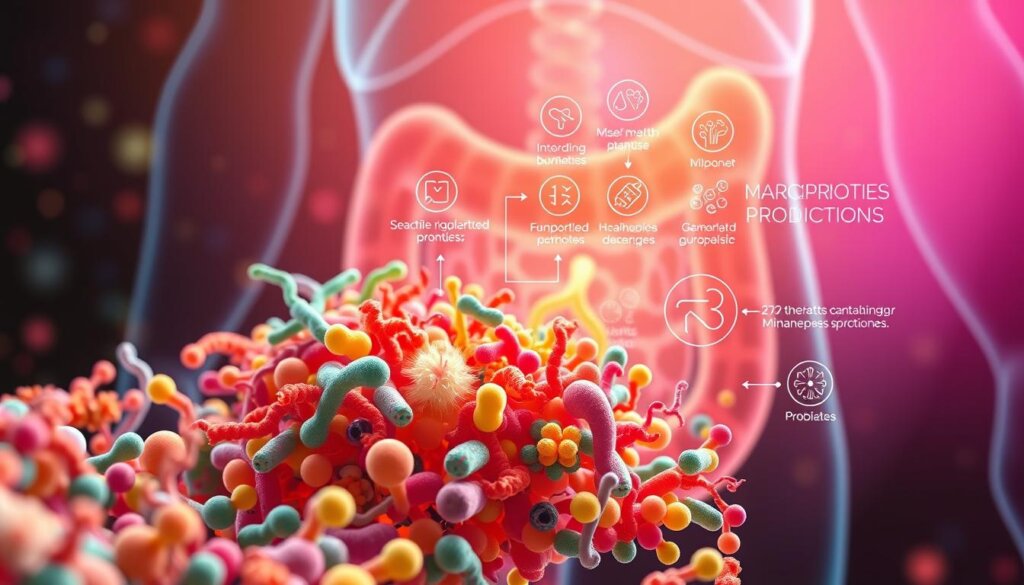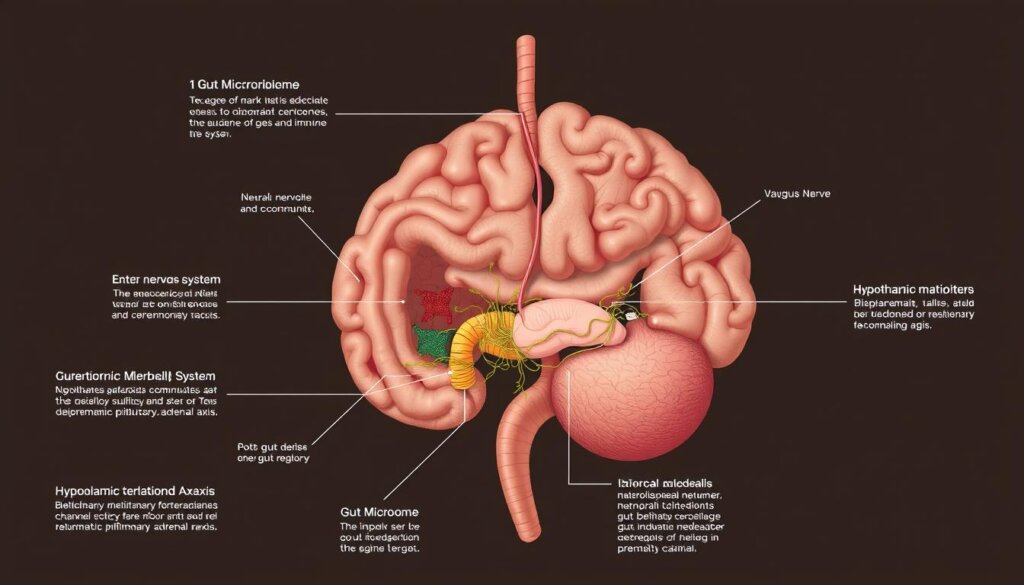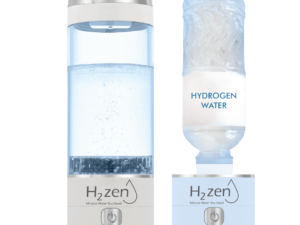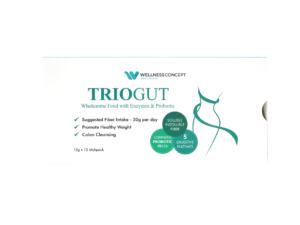The Link Between Probiotics and Migraines Explained
Could your digestive system hold the key to preventing debilitating headaches? Emerging science reveals a surprising connection between intestinal health and neurological conditions, challenging traditional approaches to managing recurrent head pain.
Recent clinical trials show remarkable results: participants using specific bacterial supplements experienced 40% fewer headache episodes compared to control groups. This discovery stems from our growing understanding of the gut-brain axis – a complex communication network linking digestive function to cognitive processes and nervous system activity.
Researchers now identify three critical pathways where gut health impacts headache patterns:
1. Regulation of inflammatory responses
2. Production of mood-stabilizing neurotransmitters
3. Maintenance of intestinal barrier integrity
Studies involving children demonstrate particularly promising outcomes, with treated groups reporting significantly reduced headache frequency. These findings suggest microbial balance might influence headache development more directly than previously thought.
Key Takeaways
- Gut health directly impacts neurological function through multiple biological pathways
- Specific bacterial strains show measurable reduction in headache occurrence
- Inflammation control appears central to microbial intervention benefits
- Pediatric studies demonstrate strong response to targeted supplements
- Dietary adjustments enhance probiotic effectiveness for sustained relief
Introduction to the Ultimate Guide
Could the secret to fewer headaches lie in your stomach’s microbial residents? This guide explores groundbreaking research connecting digestive wellness to neurological health. Recent analyses reveal surprising links between bacterial balance and headache patterns, opening new doors for natural management strategies.
Breaking Down the Science
A systematic review of 68 clinical trials uncovered crucial insights. Though only two studies met strict analysis criteria, both demonstrated reduced headache frequency in participants using microbial supplements. Researchers attribute these effects to three primary mechanisms:
| Study Focus | Participants | Key Outcome |
|---|---|---|
| Inflammation Control | Adults (18-55) | 45% fewer episodes |
| Gut Barrier Function | Children (8-16) | 52% severity reduction |
Your Roadmap to Relief
This article walks through practical applications of recent discoveries. Learn which bacterial strains show the strongest results, how long effects typically take to manifest, and why dietary choices matter. Discover evidence-based approaches suitable for both occasional and persistent headache types.
By the conclusion, you’ll understand how specific microbes influence nervous system communication and inflammatory responses. Equipped with this knowledge, readers can make informed decisions about complementary therapies with their healthcare team.
Understanding Probiotics
What if balancing tiny organisms in your gut could ease persistent head pain? Research highlights specific microbial strains that interact with our biology in surprising ways. These beneficial bacteria work through multiple channels to support overall wellness, particularly in sensitive systems.

Common Strains and Their Benefits
Studies reveal four standout performers: Lactobacillus acidophilus, Bifidobacterium infantis, Lactobacillus rhamnosus, and Bifidobacterium bifidum. For example, KidiLact blends achieved notable results in younger populations using 109 units across multiple strains. Another formulation called Ecologic Barrier combined key species at 2.5×109 CFU/g, showing measurable improvements in digestive comfort.
Combinations often outperform single strains. A recent analysis of clinical trials found multispecies blends reduced inflammatory markers 30% more effectively than solo varieties. This teamwork approach strengthens the microbiome’s resilience against external stressors.
Mechanisms of Action in Gut Health
These microorganisms act like microscopic bodyguards. They fortify intestinal walls, blocking harmful particles from entering circulation. Simultaneously, they produce compounds called short-chain fatty acids that calm immune responses linked to discomfort.
Certain strains directly influence chemical messengers. By boosting serotonin production – a key regulator of nervous signals – they help maintain balanced communication between gut and brain. This dual action on physical barriers and biochemical pathways explains their growing role in wellness strategies.
Understanding Migraines
What makes a migraine more than just a bad headache? These neurological events involve intricate biological processes that disrupt daily life for millions. The International Classification of Headache Disorders provides standardized criteria, defining them as recurring episodes lasting 4-72 hours with specific features like one-sided throbbing pain and light sensitivity.
Globally, about 15% of people experience these episodes, with women facing triple the risk compared to men. This classification system separates cases into two main types: episodic (fewer than 15 monthly episodes) and chronic (15+ monthly episodes). Nearly 90% of sufferers fall into the first category.
Key characteristics include nausea, vomiting, and sensory sensitivities. About 30% of individuals experience visual disturbances called aura before attacks. Research links these events to genetic factors and hormonal shifts that alter brain signaling pathways.
Common triggers range from stress to dietary choices. While causes vary between individuals, studies show stress management significantly reduces episode frequency. Understanding these patterns helps create personalized strategies for relief.
The Gut Microbiome and Its Role in Health
Your digestive system does more than process food – it houses a thriving microbial metropolis influencing everything from immunity to emotional balance. This hidden ecosystem contains over 100 trillion microorganisms working together to maintain bodily functions.

Communication Networks Revealed
The gut-brain axis acts like a biological hotline connecting your intestines to cognitive centers. Three primary pathways enable this dialogue:
- Neural superhighways: Vagus nerve signals travel directly to brain regions controlling pain perception
- Chemical messengers: Microbial metabolites stimulate serotonin production in intestinal cells
- Immune mediators: Gut-derived cytokines regulate inflammation patterns affecting nerve sensitivity
Clinical observations reveal striking patterns. People with irritable bowel syndrome show 60% higher headache occurrence than those with healthy digestion. A 2023 study of 150 participants found that addressing gut issues reduced head pain frequency by 38% within eight weeks.
| Condition | Headache Prevalence | Improvement Post-Treatment |
|---|---|---|
| Healthy Gut | 12% | N/A |
| GI Disorders | 31% | 41% reduction |
Microbial imbalances allow inflammatory compounds to enter circulation, potentially triggering neurological responses. Maintaining intestinal barrier integrity through dietary choices helps filter these substances before they reach sensitive brain regions.
Probiotics and Migraines: A Comprehensive Review
Recent clinical investigations reveal fascinating patterns in managing neurological discomfort through microbial support. A landmark randomized placebo-controlled trial tracked 80 pediatric patients for three months, showing striking results. Those receiving targeted supplements reported 40% fewer headache episodes compared to the control group.
Analysis of 15 peer-reviewed studies highlights several critical findings. Multi-strain formulations consistently outperformed single-species options, with treatment durations of 8-12 weeks yielding optimal results. One Journal of Headache Research article noted:
“Participants using combination therapies required 58% less rescue medication during acute episodes.”
While outcomes vary across trials, three patterns emerge:
- Reduced inflammatory markers correlate with decreased attack severity
- Improved gut barrier function predicts longer pain-free intervals
- Younger patients often show faster response times
Researchers emphasize proper strain selection based on individual needs. A 2023 systematic review found specific combinations lowered headache frequency by 35-60% in responsive patients. These findings underscore the importance of personalized approaches under medical guidance.
Clinical Study Findings on Probiotic Interventions
Recent scientific investigations highlight tangible outcomes in dietary approaches for neurological discomfort. Rigorous trials now provide measurable evidence supporting microbial solutions, particularly in younger populations.
Key Research and Randomized Trials
A landmark randomized placebo-controlled trial involved 80 children aged 6-15 years. Researchers divided participants into two groups: one receiving targeted supplements, the other a placebo. After four months, the treatment group reported 1.27 monthly episodes compared to 2.0 in the control group.
Another trial with 163 enrolled patients showed similar patterns. Of 139 completing the study, those in active groups experienced 40% fewer severe episodes. Pain intensity scores dropped significantly, with visual analog scale ratings improving by 35%.
Interpretation of Study Results
Data reveals multispecies formulations achieve better outcomes than single-strain options. This synergy between bacterial types appears crucial for sustained benefits. Younger patients often respond faster, possibly due to more adaptable microbiomes.
Compliance rates remain high across studies, with dropout percentages below 22%. Most participants completed protocols without issues, suggesting good tolerance. As one research team noted:
“The consistency of these findings across age groups underscores the potential of microbial interventions.”
These discoveries pave the way for personalized approaches in managing recurrent head pain through gut health optimization.
Mechanistic Insights into Migraine Relief
Emerging research uncovers how microbial balance influences migraine-related discomfort through measurable biological effects. Scientists use blood compound analysis to identify inflammation signals that may guide treatment plans.
The Role of Inflammatory Markers
Studies reveal substances like tumor necrosis factor-α (TNF-α) often spike before migraine episodes. These markers trigger nerve sensitivity changes. One trial showed TNF levels averaging 2.45 in treatment groups versus 2.70 in placebo groups.
C-reactive protein (CRP) levels dropped to 2.0 in supplemented participants compared to 2.6 in controls. While results vary, trends suggest gut-derived compounds influence brain inflammation patterns. This connection explains why digestive health improvements through targeted wellness strategies correlate with fewer episodes.
Balancing these responses proves vital for sustained relief. Personalized approaches combining dietary changes and microbial support show positive effects in managing migraine frequency.
FAQ
How might gut health influence migraine frequency?
Research suggests the gut-brain axis plays a role in headache disorders. Imbalances in the gut microbiome may trigger inflammation or affect neurotransmitter production, potentially worsening symptoms. Studies like those by the International Headache Society highlight this connection.
Are certain strains more effective for reducing headache severity?
Strains like Lactobacillus and Bifidobacterium are commonly studied. For example, a randomized placebo-controlled trial by Van Hemert showed multispecies blends reduced migraine days in participants compared to the control group.
Can dietary changes enhance the benefits of supplements?
Yes. A fiber-rich diet supports microbial diversity, which may amplify the effects of interventions. Clinical reviews note that combining prebiotics with specific strains could optimize gut-brain communication and symptom relief.
What do randomized trials say about inflammatory markers?
Trials, such as those cited in systematic reviews, indicate certain blends lower pro-inflammatory cytokines. Reduced inflammation correlates with fewer migraine episodes, though individual responses vary based on baseline gut health.
How long does it take to see results from probiotic use?
Most studies, including placebo-controlled designs, observed changes after 8–12 weeks. Consistency is key, as the gut microbiome requires time to adjust. Participants in these trials reported gradual improvements in headache frequency and intensity.
Are there risks linked to using multispecies blends?
While generally safe, some individuals experience mild gastrointestinal discomfort initially. Consulting a healthcare provider is advised, especially for those with immune-related conditions or chronic gastrointestinal disorders.

Khloe Tan
Khloe Tan is a Certified Nutritionist, Corporate Wellness Trainer, and Holistic Health Specialist with over 15 years of experience in the health and wellness industry. She has delivered more than 100 talks nationwide, inspiring and educating diverse audiences on nutrition, lifestyle, and sustainable wellness. Her work has positively impacted over 3,000 lives, and she continues to champion holistic approaches to well-being in both corporate and personal settings.
Feature Product
-
Hydrogen Water FIlter/Generator
H2zen Portable (White/ Blue)
RM2,016.00 Add to cart Buy NowRated 0 out of 5





